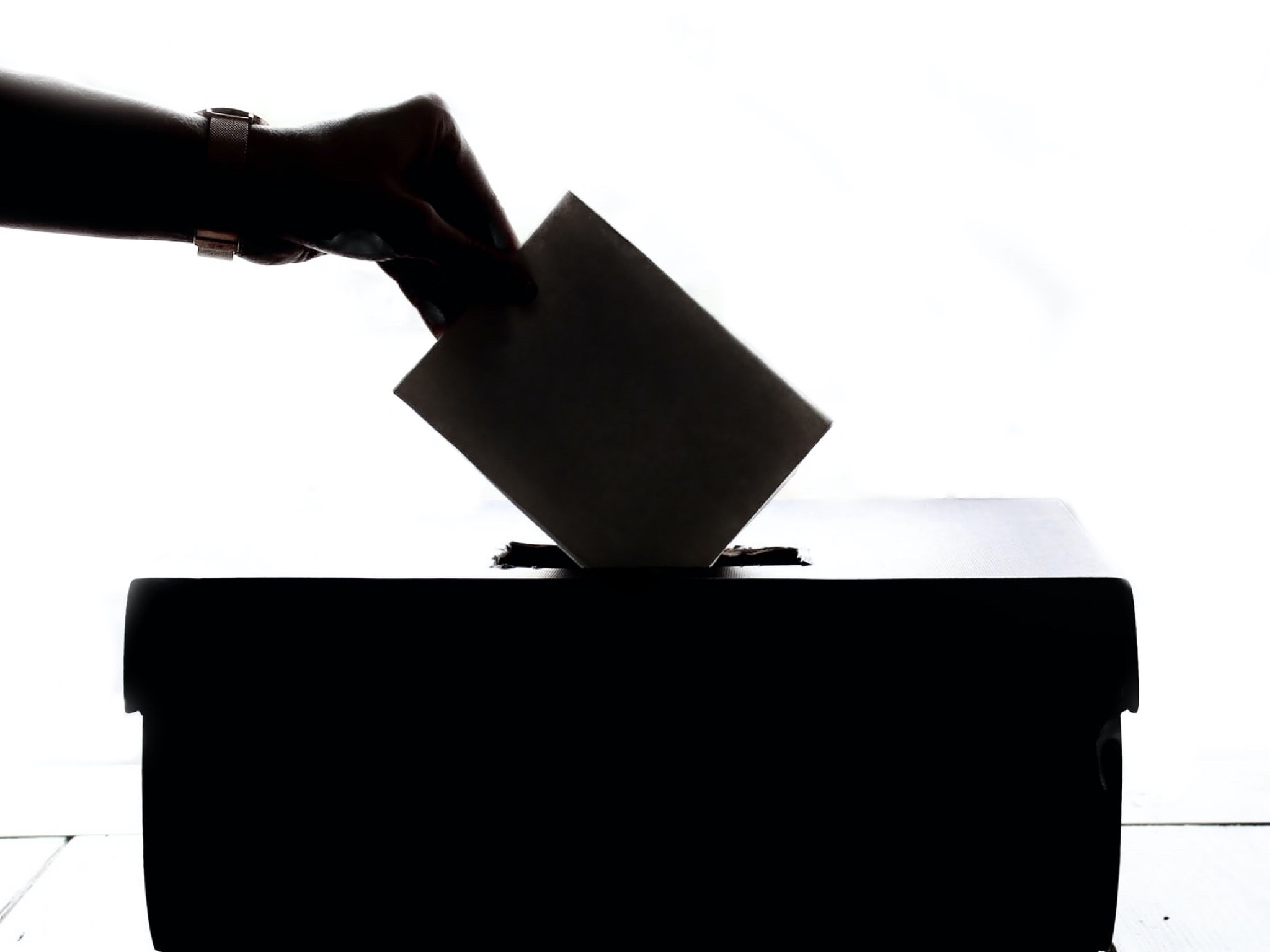On Tuesday, New Yorkers voted in their local elections. In addition to local leadership, they casted their votes on five ballot proposals—three of which were rejected, and two of which were approved.
Rejected proposals
Proposal 1, which failed 48% to 38%, would have amended the redistricting process in New York and included multiple parts. It would have:
- fixed the number of state Senate seats to 63;
- required all people—regardless of citizenship—to be counted when the state is redistricted;
- allowed the redistricting commission to appoint two co-executive directors by simple majority vote, regardless of the party affiliation of the appointed individual;
- deleted sections of the New York State Constitution that violate the U.S. Constitution; and
- amended the way district lines are drawn for congressional and state legislative offices.
Arguments for this proposal included that fixing the state Senate seats to 63 would have prevented future gerrymandering;[1] allowing all people to be counted would have ensured fair representation; and the New York State Constitution would been aligned with the U.S. Constitution.
Arguments against this proposal included that it would have made the redistricting process too political—an issue that the independent commission is supposed to eliminate. Additionally, people who opposed this proposal said that it would have created more opportunities for gerrymandering.
Proposal 3, which failed 51% to 37%, would have removed the requirement in Article II Section 5 of the New York State Constitution that requires a citizen to be registered to vote at least 10 days before an election. Essentially, this proposal would have allowed New Yorkers to register to vote on Election Day and vote that same day.
The biggest argument for this proposal was that people should not be denied their right to vote just because they registered fewer than 10 days before an election.
The biggest argument against this was that it would open the door to voter fraud—an argument that clearly resonated with voters during this election.
Proposal 4, which failed 51% to 37%, would have allowed the state Legislature to pass no-excuse absentee voting. Currently, New York law states that voters must have an approved reason for receiving an absentee ballot, such as being absent from the county of residence on Election Day, or being unable to appear to vote because they are ill or disabled.
The argument for this proposal was that it would make voting more accessible for those who cannot vote in person on Election Day or even during the two-week early-voting window.
The argument against this proposal was that it would essentially legalize vote-by-mail, which many people argue could increase voter fraud.
Accepted proposals
Proposal 2, which passed 60% to 27%, added the right to clean air, clean water and a healthful environment to Article I of the New York State Constitution—the state’s Bill of Rights. In other words, because of this addition to the state’s Bill of Rights, New Yorkers now can challenge their government if they are denied clean air, clean water or a healthy environment. Likely, we will see this begin to play out within the next year in the courts and in the state Legislature, where members could introduce legislation on a variety of issues related to this new right in the New York State Constitution.
The main argument for this proposal was simple, even though it’s unclear how it will be achieved: New Yorkers deserve clean air and clean water, and to live in a healthy environment.
The main argument against Proposal 2 was that, essentially it will attempt to codify the Green New Deal in the New York State Constitution, and it would cost New Yorkers a lot of money.
Proposal 5, which passed 53% to 31%, increased the jurisdiction of the New York City Civil Court. It allows the court to hear and decide on claims worth up to $50,000, which is increased from $25,000.
The main argument for this proposal was that, by expanding the jurisdiction of the court, it allows for more cases to be heard that have been backed up in the courts as a result of the court shutdowns during the COVID-19 pandemic.
[1] Gerrymandering is the practice of manipulating electoral districts in favor of a certain political party.

Katherine “Kat” Slye-Hernandez, Ph.D.
Katherine “Kat” Slye-Hernandez received her Ph.D. in political science from the State University of Albany, Albany, N.Y., in May 2020. She also has her Master of Arts from SUNY Albany and a Bachelor of Arts degree in Political Science and History from Elmira College, Elmira, N.Y.






